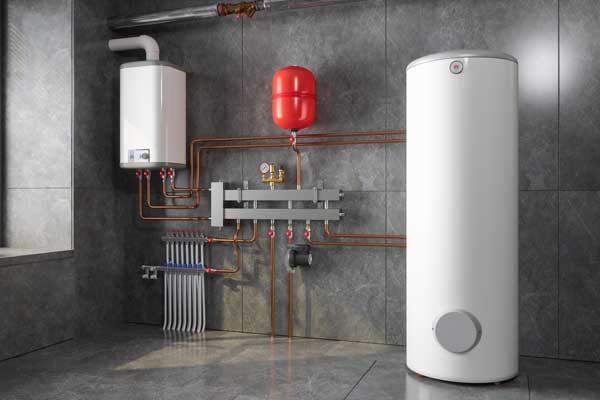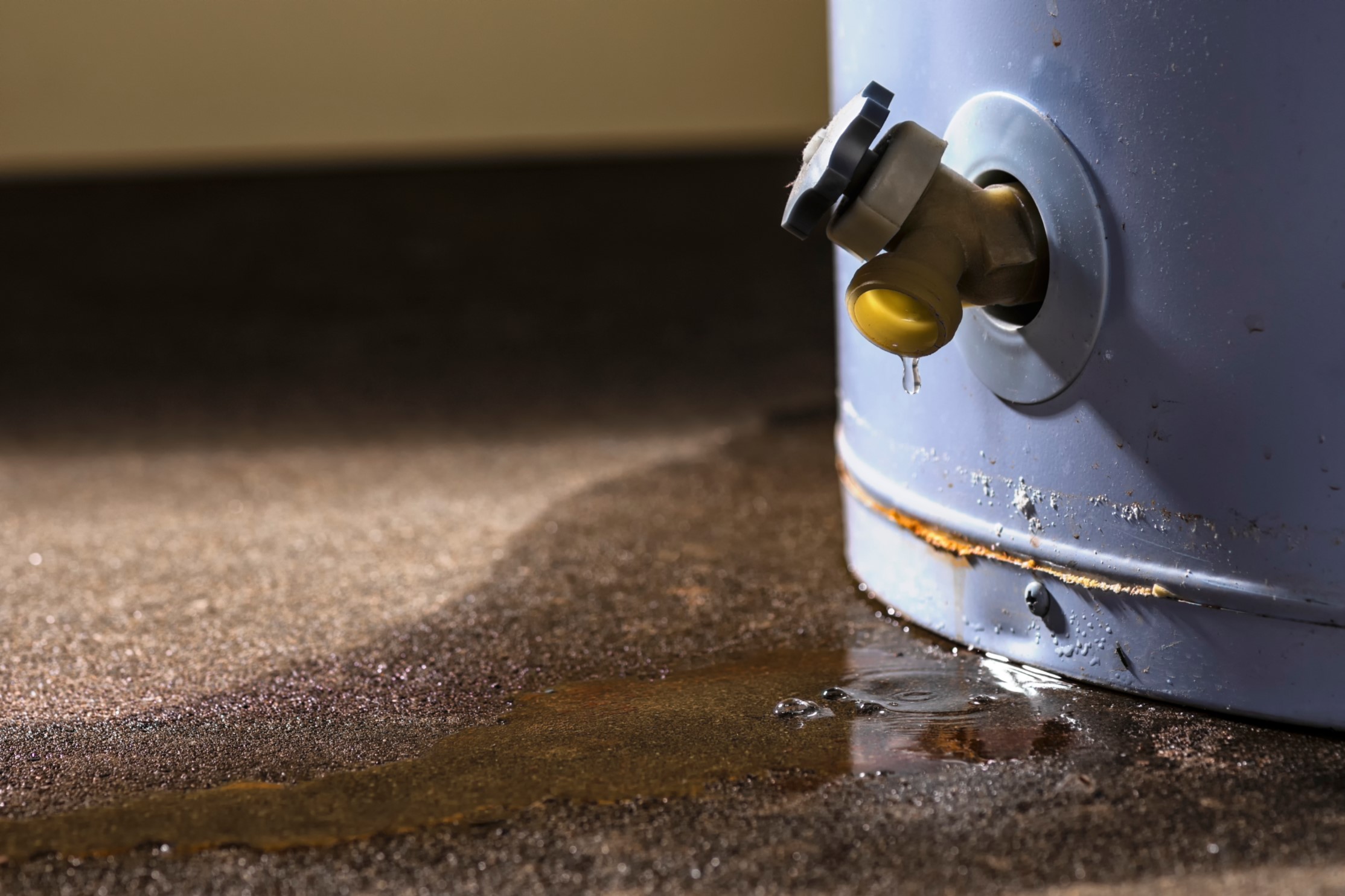How to Extend the Life of Your Home's Hot Water System Through MaintenanceTips on How to Keep Your Home's Hot Water System in Good Condition
How to Extend the Life of Your Home's Hot Water System Through MaintenanceTips on How to Keep Your Home's Hot Water System in Good Condition
Blog Article
We have found this great article involving How to Maintain a Hot Water Heater in a Few Simple Steps directly below on the web and think it made good sense to discuss it with you on this page.

Hot water is necessary for daily comfort, whether it's for a revitalizing shower or cleaning meals. To ensure your warm water system runs successfully and lasts longer, routine maintenance is vital. This write-up offers useful ideas and insights on exactly how to preserve your home's hot water system to prevent interruptions and costly fixings.
Intro
Maintaining your home's warm water system could appear challenging, but with a few straightforward steps, you can ensure it operates efficiently for several years to come. This guide covers every little thing from recognizing your warm water system to DIY upkeep ideas and knowing when to contact professional help.
Importance of Maintaining Your Hot Water System
Regular maintenance not only extends the life-span of your hot water system but also guarantees it operates efficiently. Overlooking maintenance can lead to lowered effectiveness, greater power expenses, and even premature failing of the system.
Indications Your Warm Water System Needs Maintenance
Knowing when your hot water system requires focus can stop significant problems. Watch out for signs such as irregular water temperature level, odd noises from the heating unit, or rustic water.
Comprehending Your Warm Water System
Before diving into upkeep jobs, it's practical to comprehend the standard parts of your warm water system. Usually, this includes the water heater itself, pipes, anode rods, and temperature controls.
Monthly Maintenance Tasks
Regular month-to-month checks can aid capture minor issues prior to they escalate.
Purging the Water Heater
Flushing your hot water heater eliminates debris buildup, boosting efficiency and extending its life.
Checking and Changing Anode Rods
Anode rods prevent deterioration inside the storage tank. Inspecting and replacing them when worn out is essential.
Inspecting and Changing Temperature Level Settings
Readjusting the temperature setups makes sure optimal performance and safety.
Do It Yourself Tips for Maintenance
You can perform numerous upkeep tasks on your own to keep your warm water system in top problem.
Looking for Leaks
Routinely evaluate pipes and connections for leakages, as these can lead to water damage and greater bills.
Examining Stress Relief Valves
Examining the stress relief valve ensures it functions appropriately and avoids too much pressure accumulation.
Insulating Pipelines
Protecting hot water pipelines lowers warm loss and can save power.
When to Call a Professional
While do it yourself maintenance is beneficial, some problems need professional competence.
Complicated Concerns Needing Professional Aid
Examples include significant leakages, electrical problems, or if your hot water heater is regularly underperforming.
Regular Professional Upkeep Benefits
Expert upkeep can consist of comprehensive inspections, tune-ups, and ensuring conformity with security requirements.
Verdict
Normal upkeep of your home's warm water system is crucial for effectiveness, long life, and cost savings. By following these tips and knowing when to seek expert help, you can make sure a reliable supply of hot water without unexpected disruptions.
Water Heater Maintenance: The Basics
Maintaining your water heater will ensure it operates efficiently and has a longer lifespan. Neglecting regular maintenance can lead to costly repairs and an even bigger chunk of your savings if you have to replace it sooner than necessary. But there’s good news: Most water heater maintenance tasks are relatively simple and easy for homeowners with basic DIY skills.
Flush the Water Heater
Over time, sediment and minerals can build up in the tank, reducing its efficiency and potentially causing damage. To flush the tank, turn off the power or gas supply, attach a hose to the drain valve near the bottom and open the valve to drain the water until it runs clear. Ideally, flush the tank annually.
Replace the Anode Rod
The anode rod is a sacrificial metal rod that helps prevent corrosion inside the tank. Inspect and replace it every three to five years or per the manufacturer's recommendation. To replace the anode rod, turn off the power or gas supply, drain a few gallons of water from the tank, unscrew the old rod and replace it with a new one. If the anode rod is significantly corroded or covered in calcium buildup, it's a sign the water heater may need to be replaced soon.
Tune-Up
A yearly tune-up can help identify potential issues and ensure your water heater operates at peak efficiency. This typically involves checking the thermostat, burner assembly (for gas heaters) and any other components specified by the manufacturer. During a tune-up, the technician may also clean the burner and adjust the pilot light (for gas heaters) or examine the heating elements (for electric heaters).
How to Maintain Your Water Heater
Insulate the tank. Insulating the tank can improve energy efficiency and reduce heat loss, saving you money on energy bills. You can purchase precut insulation blankets designed specifically for water heaters or use standard fiberglass insulation wrapped securely around the tank. Check the temperature. The recommended water temperature for most households is around 120 degrees Fahrenheit (49 degrees Celsius). Higher temperatures can increase energy costs and potentially cause scalding. Use a kitchen thermometer to check the temperature at the faucet nearest the water heater. Monitor water pressure. Excessive water pressure can strain the water heater and cause leaks or even tank failure. Install a pressure-reducing valve if necessary. The ideal water pressure range is between 60 and 70 PSI (pounds per square inch). Test the temperature and pressure (T&P) relief valve. The T&P relief valve is a safety feature that releases pressure if the tank gets too hot or the pressure builds up too high. Test it annually by lifting the lever and allowing a small amount of water to release. Replace the valve if it doesn't release water or reseal properly. Check for leaks. Regularly inspect the tank, pipes and fittings for leaks or corrosion. Deal with issues promptly to prevent further damage. Even a small leak can lead to significant water damage over time. Consider a tankless water heater. If your traditional tank-style water heater is nearing the end of its lifespan ( typically 10 years), consider replacing it with a tankless water heater. These units heat water on demand, reducing standby energy losses and potentially saving you money on your energy bills. Schedule professional maintenance. While homeowners can perform many water heater maintenance tasks, it's still a good idea to schedule professional maintenance every few years. A plumber or HVAC technician can thoroughly inspect the unit, identify potential issues and ensure it operates safely and efficiently. https://www.homeserve.com/en-us/blog/home-improvement/hot-water-heater-maintanence/

I recently found that piece about What Kind of Maintenance Do Water Heaters Need? when doing a search on the web. Do you know somebody who is very much interested in Tips on Maintaining a Water Heater? Be sure share it. We love your readership.
Book Now! Report this page